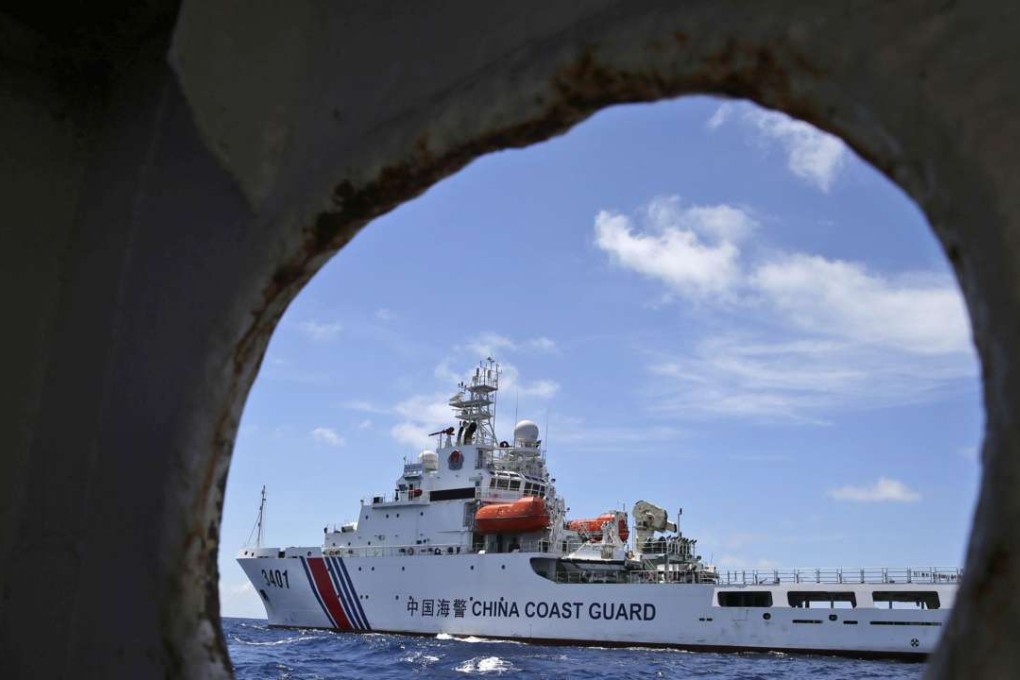Advertisement
Blow-by-blow account of the China-Singapore spat over Global Times’ South China Sea report
Reading Time:3 minutes
Why you can trust SCMP

Singapore’s ambassador to China and the editor-in-chief of nationalistic Chinese tabloid Global Times are caught up in a heated row over a report on the city state’s role in the South China Sea dispute.
The Global Times, owned by Communist Party mouthpiece People’s Daily, had reported last Wednesday that Singapore wanted to include the Philippines’ position on an international arbitration ruling on claims to the South China Sea during the Non-Aligned Movement summit held in Venezuela earlier this month.
But Stanley Loh, Singapore’s envoy to China, rejected Global Times’ report, issuing two open letters to the newspaper’s editor-in-chief Hu Xijin this week.
Advertisement
Here is the timeline of events leading up to the row.

Advertisement
July
Advertisement
Select Voice
Choose your listening speed
Get through articles 2x faster
1.25x
250 WPM
Slow
Average
Fast
1.25x